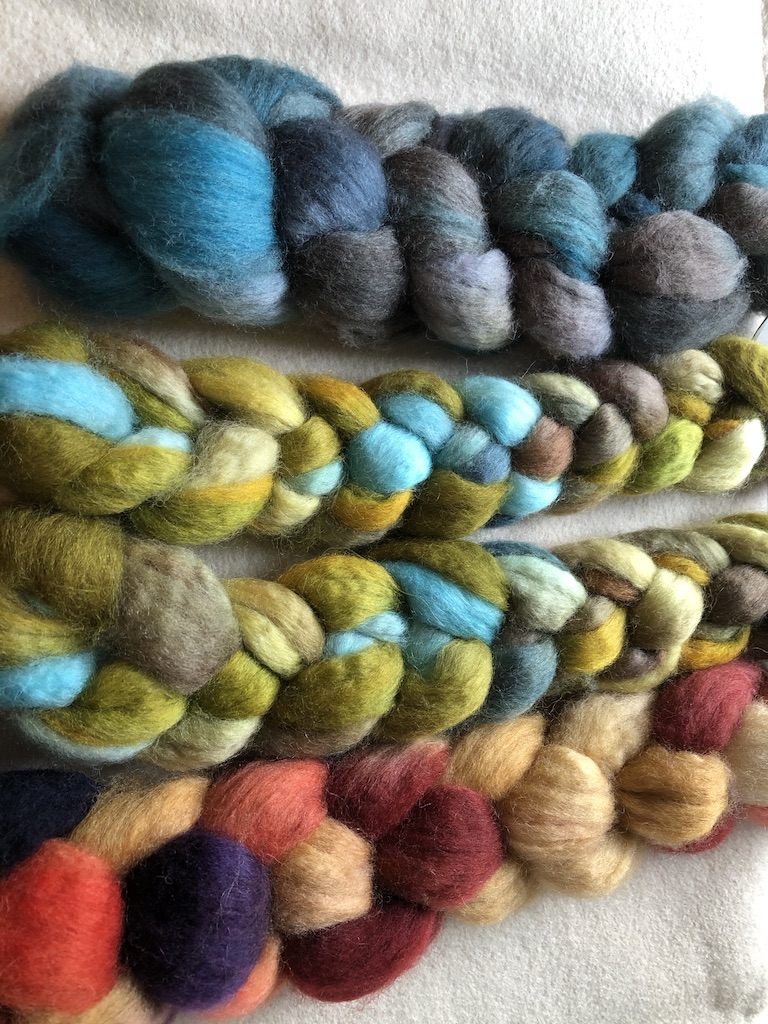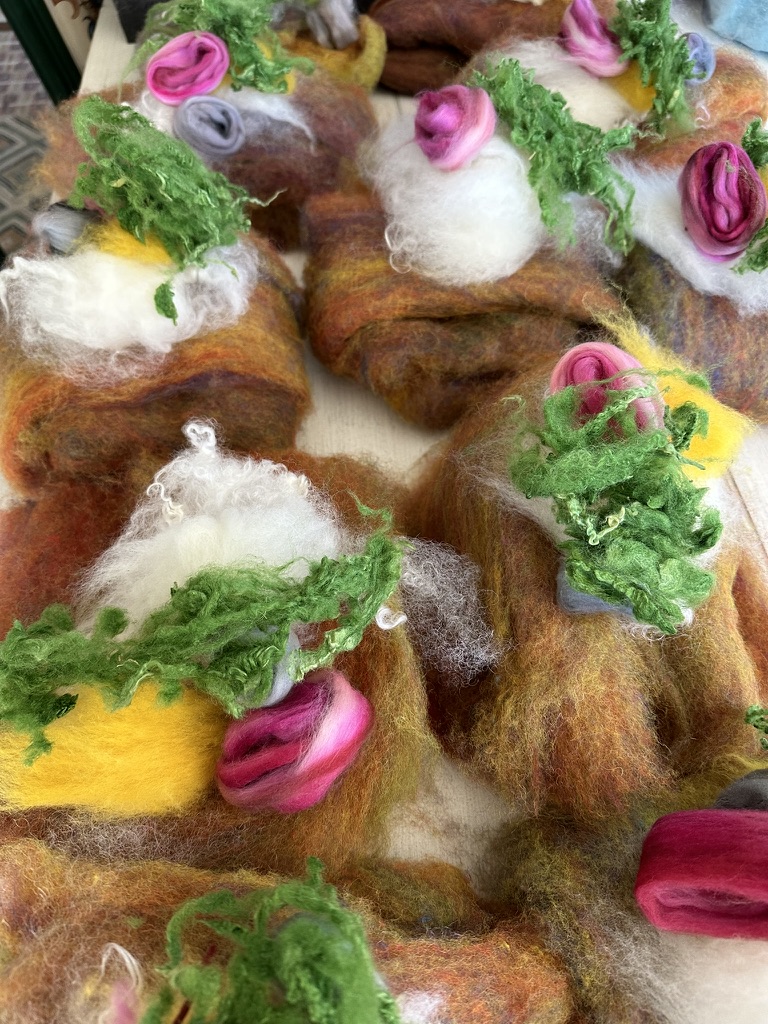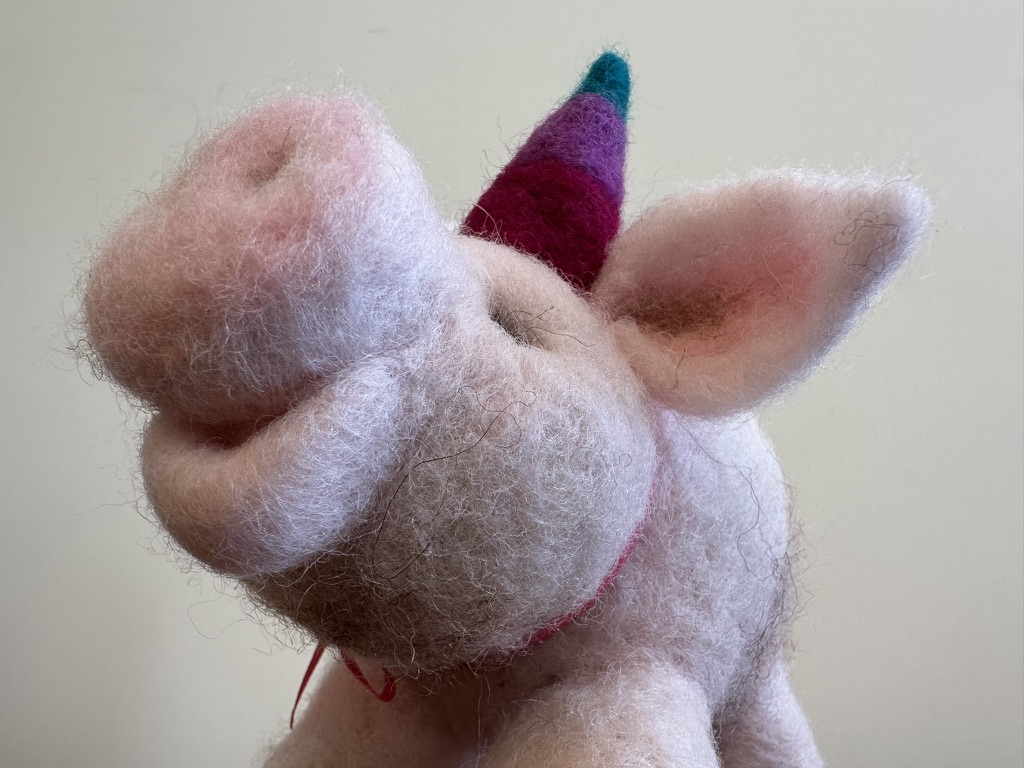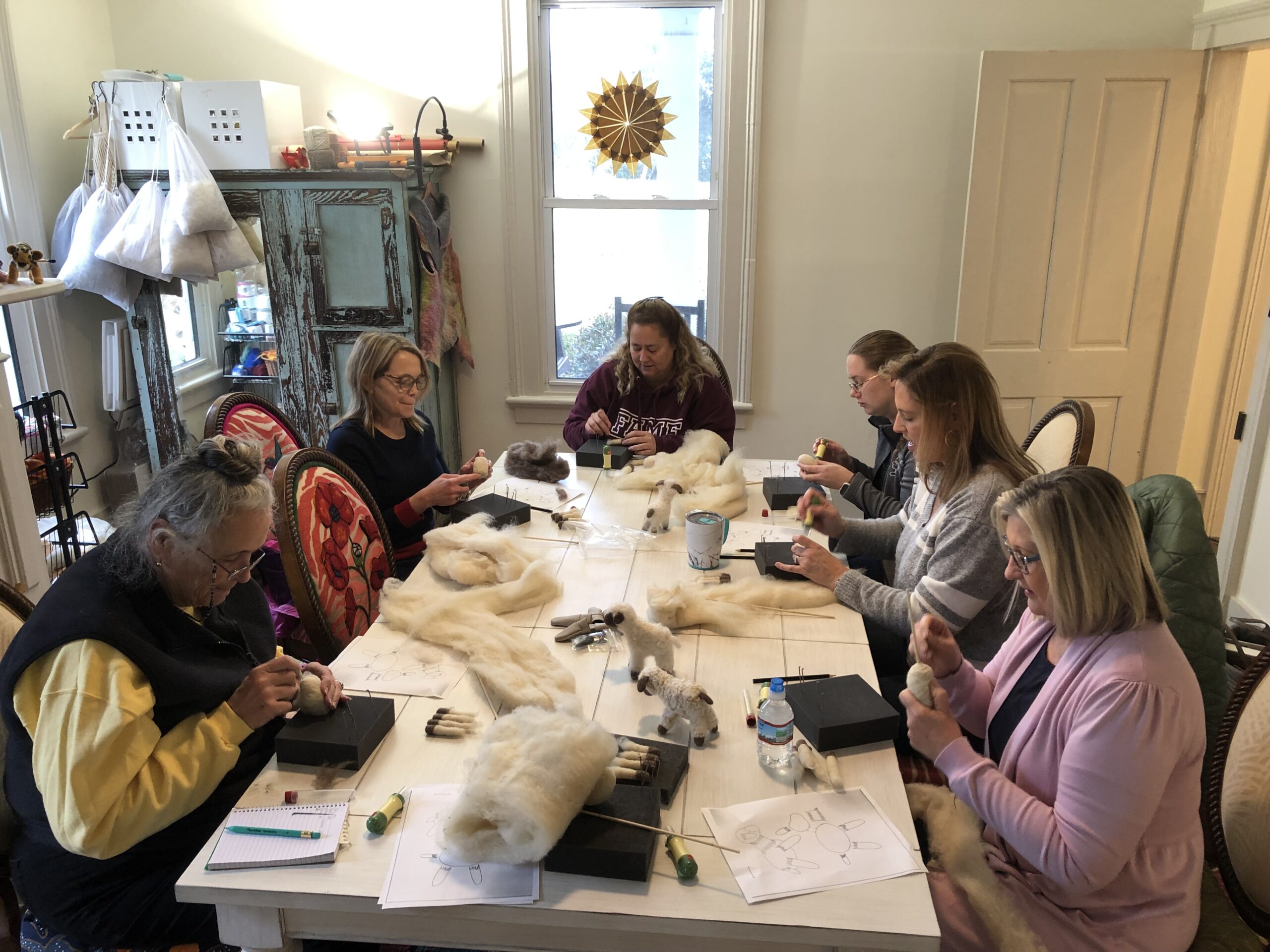When it comes to needle felting, wool is the reigning champion of fibers. Its versatility, natural properties, and ease of use make it the go-to choice for crafters and artists alike. However, not all wool is created equal. In this blog post, we will explore a small portion of wool fibers used in needle felting, exploring their unique characteristics, and how they can elevate your creations to new heights.

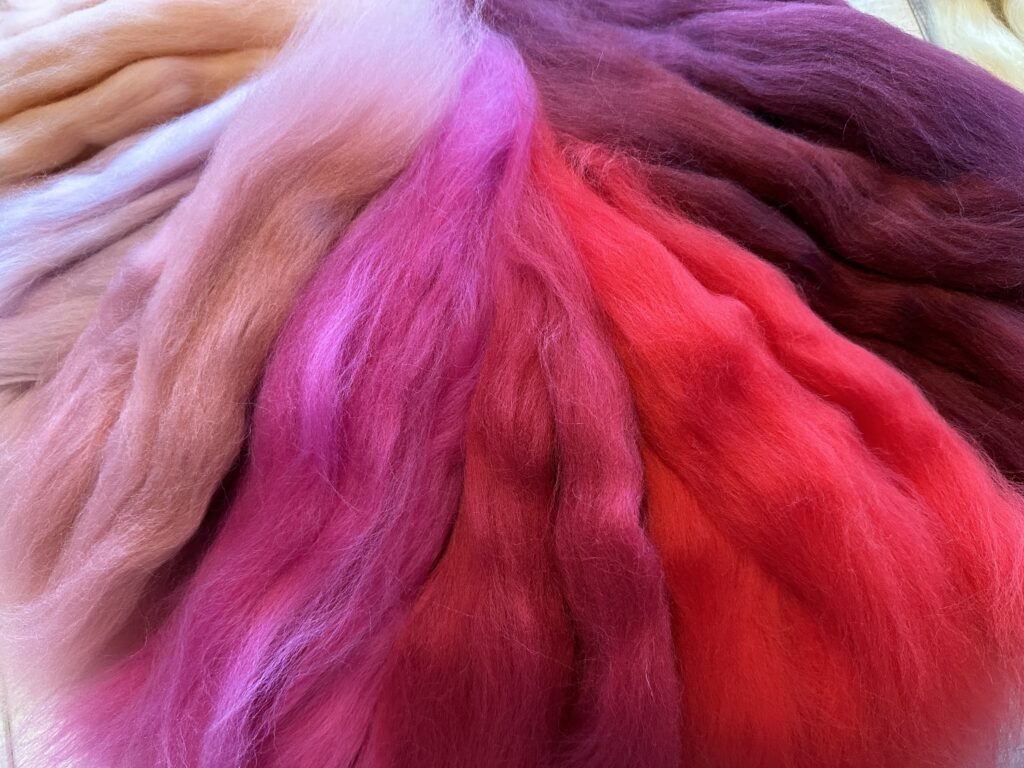

- Merino Wool: Derived from Merino sheep, this fiber boasts a micron count that makes it one of the finest wools available. The ultra-fine fibers allow for smooth, seamless felting, making it ideal for sculpting delicate features or creating intricate patterns. The softness of Merino wool also ensures a pleasant tactile experience for both the artist and those who encounter the finished piece. Merino wool is a beloved fiber in the needle felting community for its exceptional softness and ability to hold intricate details.
- Corriedale Wool: Versatility and structure Corriedale wool strikes a balance between softness and structure, making it a popular choice for needle felting projects that require both versatility and stability. With a slightly coarser texture than Merino, Corriedale wool provides excellent needle grab, allowing fibers to interlock effectively. This makes it ideal for creating sturdy structures such as armatures or bases for larger projects. Corriedale fibers also come in a range of vibrant colors, adding an extra dimension to your creations.
- Romney Wool: Romney wool, known for its long, lustrous locks, brings a touch of elegance and texture to needle felting. This fiber is highly prized for its ability to add depth and dimension to sculptures or fiber art pieces. The lengthy fibers can be needle felted as is, creating a wispy effect, or separated into smaller sections for controlled placement. Whether you’re crafting realistic animal fur or incorporating dramatic textures into your designs, Romney wool is a fiber that can elevate your creations to new artistic heights.
- Shetland Wool: If you’re seeking a wool with a natural, rustic charm, look no further than Shetland wool. Hailing from the Shetland Islands in Scotland, this fiber is known for its earthy tones and softness. Shetland wool felts beautifully, offering a balance between softness and stability. The colors range from heathered neutrals to vibrant hues, making it a versatile choice for a variety of needle felting projects. Whether you’re sculpting woodland creatures or creating landscapes, Shetland wool adds an organic touch to your work.
- Mohair: Derived from the Angora goat Mohair brings a touch of luxurious sheen and flair to needle felting. The long, silky fibers of Mohair add a unique luster to your creations, catching the light and adding visual interest. This fiber is often used to create realistic animal hair, such as flowing manes or feathers. Its natural curls and shine make it an excellent choice for adding dimension and realism to your felted pieces.
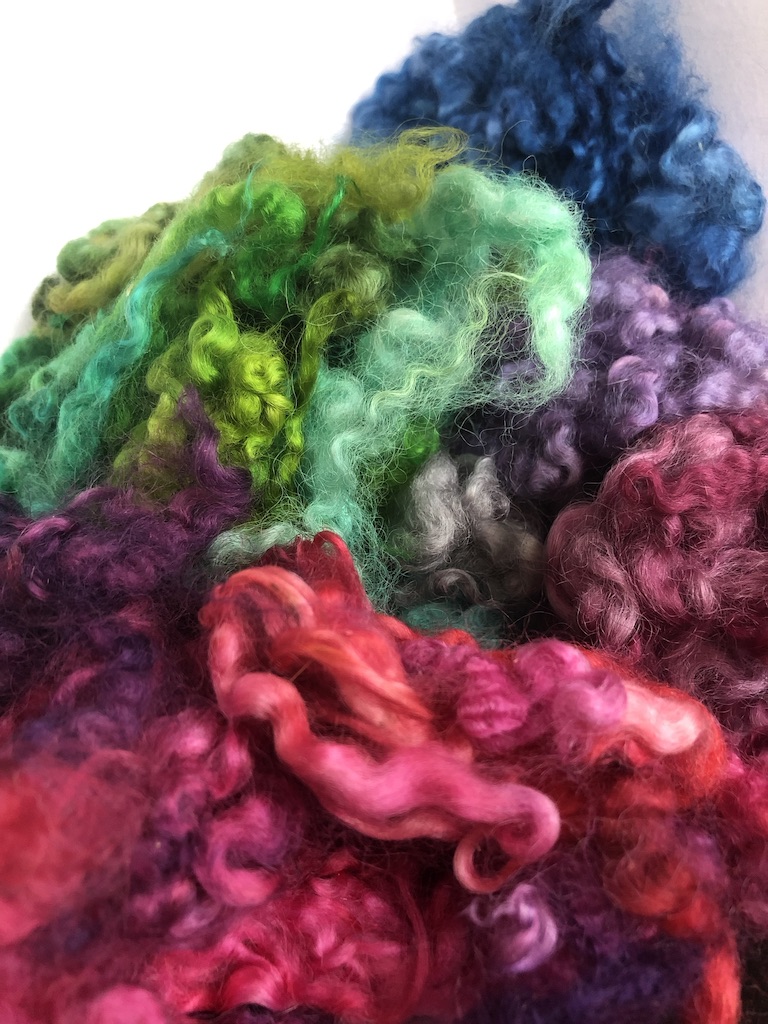
As you can see, the world of wool fibers, and they are many more besides the ones named above, used in needle felting is vast and diverse. Each fiber brings its own set of characteristics, offering artists and crafters endless possibilities to explore. Whether you’re seeking softness, structure, texture, or sheen, there is a wool fiber suited to your creative vision. So, grab your felting needles, choose your favorite wool, and let your imagination run wild in the captivating realm of needle felting.
Happy felting!
